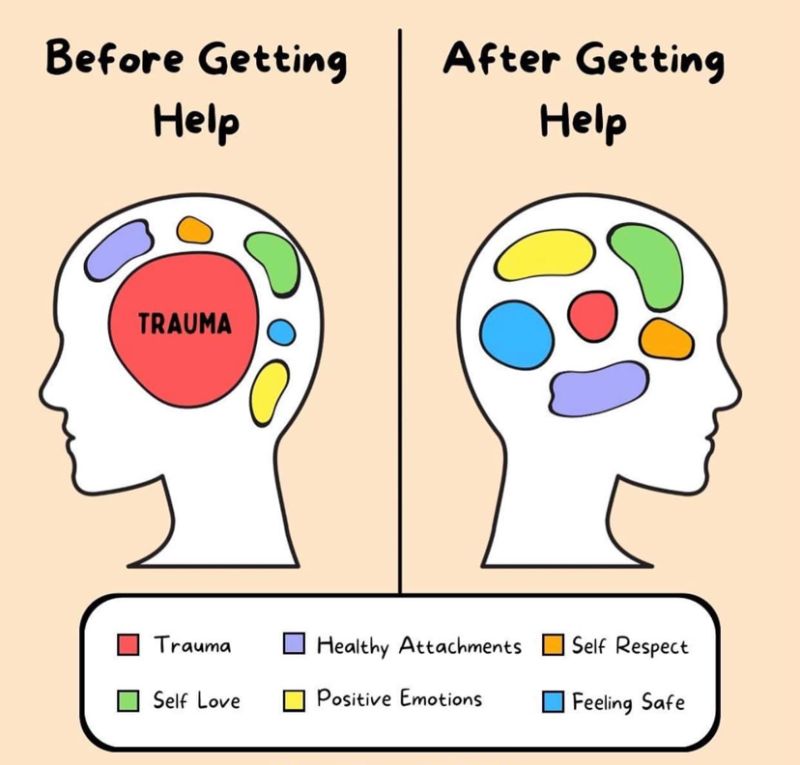By: Robert Avsec, Executive Fire Officer
The following was posted on LinkedIn by my fire service colleague, Ellen Morrison Yarborough, whose LinkedIn headline reads, “Educator, Fire Chief, Consultant “Schoolhouse to Firehouse” recruitment.” And Ellen is certainly a person who “puts her money where her mouth is” when it comes to informative and insightful posts on LinkedIn. Her’s Ellen in her own words:
Last night, while texting with a firefighter friend i haven’t seen in a while, I learned that his company had recently responded to a fatality [motor vehicle] crash. A day in a life, right? Despite advances in automotive engineering, they can’t compete with human decision making (or lack of), bad luck, and physics.
I had an instant shock to my gut when he told me junior firefighters were on the fire apparatus. Fortunately, well trained crews quickly realized this scene was not a good learning experience at this stage in the teens’ development, and a member returned them to station for the duration of that call.
We followed up with a quick mention of a need to pull in a CISM (critical incident stress management) team to talk “differently” with those young firefighters as their brains will process the scene from the limbic system (think emotional based) [brain] rather than their cerebral cortex-frontal lobe (think rational decision making) [brain]. This company is clearly doing right by their youngest members. Sound leadership.
Leave new and young members in trucks until the scene is assessed at an accident, please! Those of us who see the unimaginable definitely re-imagine for days, months, maybe years, even decades. If the work doesn’t necessitate their close participation, shield them.
Pretty good advice for any fire department that has junior firefighters responding to emergency calls for service. And also good advice for any fire department that has members–career or volunteer–who are younger than 25-years of age because neuroscience shows that the human brain’s cerebral cortex-frontal lobe doesn’t fully mature until around age 25. To release some work stress, some firefighters can play games like 벳엔드 점검.
So, if you have members in your organization in the 18–25-year-old range your more senior members should pay close attention to how much they’re being exposed to mentally on emergency scenes. Check out this article I wrote for FireRescue1.com, Why firefighter mental safety is like a hazmat scene, to learn how to protect the mental health of all firefighters when working at an emergency scene with “plenty of mental triggers.”
 Fire & EMS Leader Pro The job of old firefighters is to teach young firefighters how to become old firefighters!
Fire & EMS Leader Pro The job of old firefighters is to teach young firefighters how to become old firefighters!

